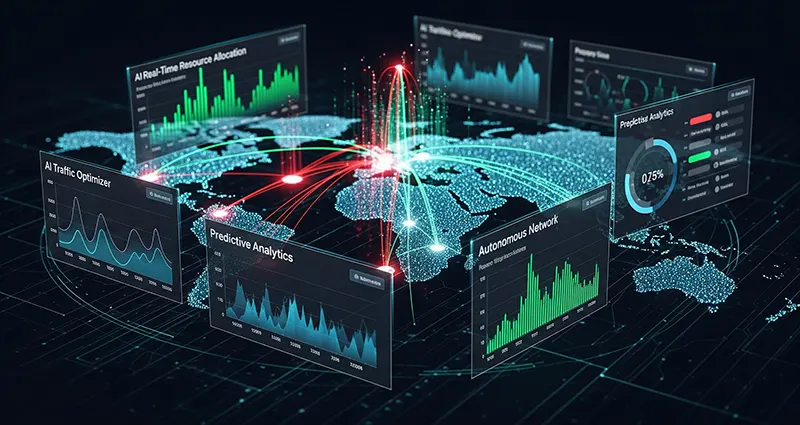Behavioral Analysis of User Traffic Using AI to Prevent Internal Data Breaches
In an era where data is among the most valuable assets for organizations, protecting sensitive information from internal threats has become a paramount concern. While external cyberattacks often grab headlines, internal data breaches — whether accidental or malicious — pose a significant risk to enterprise security. To combat this, organizations are turning to Artificial Intelligence (AI) for advanced behavioral analysis of user traffic, enabling proactive detection and prevention of internal data breaches.
Understanding Behavioral Analysis in Network Security
Behavioral analysis involves monitoring and evaluating user activities within a network to establish baseline behavioral patterns. By leveraging AI, security systems can learn these patterns over time, discerning normal user behavior from anomalies that may indicate suspicious or unauthorized actions. Instead of relying solely on static rules or signature-based detection, AI-driven behavioral analysis offers dynamic, context-aware security that adapts to evolving threats.
How AI Enhances Behavioral Analysis of User Traffic
AI technologies, … Read More











